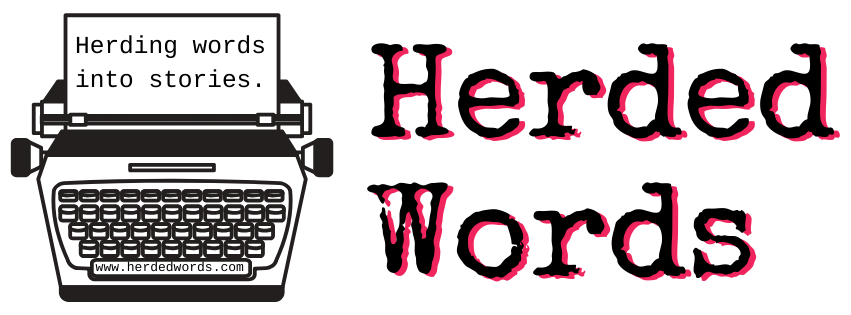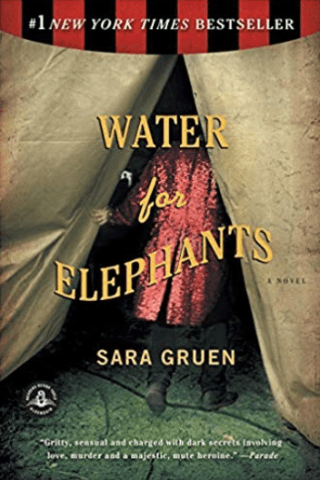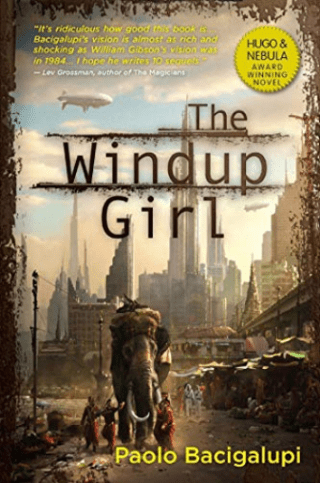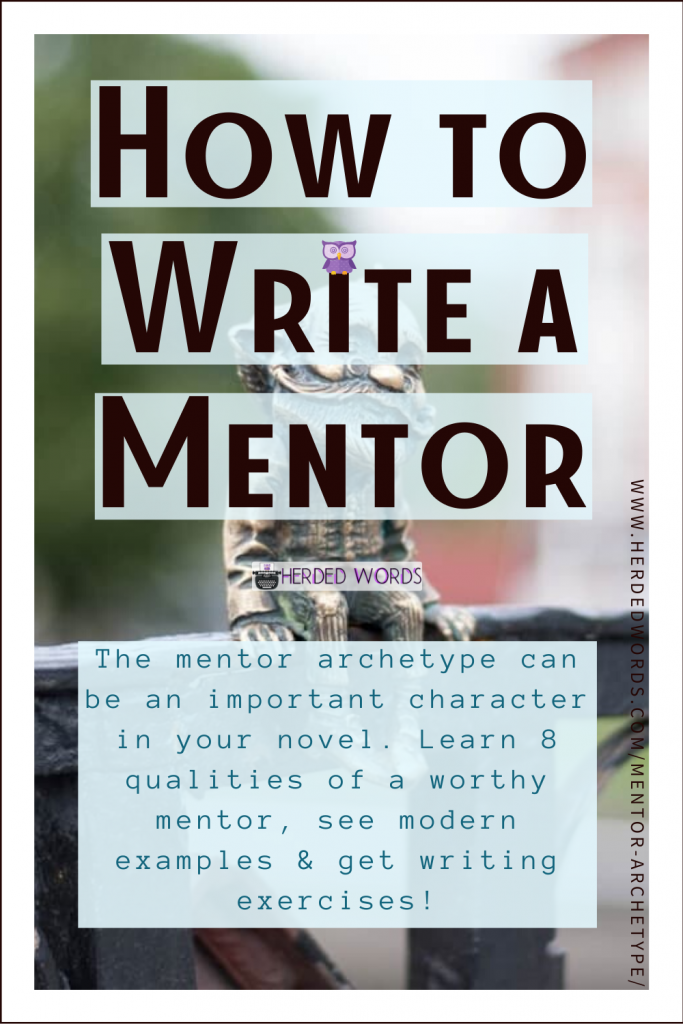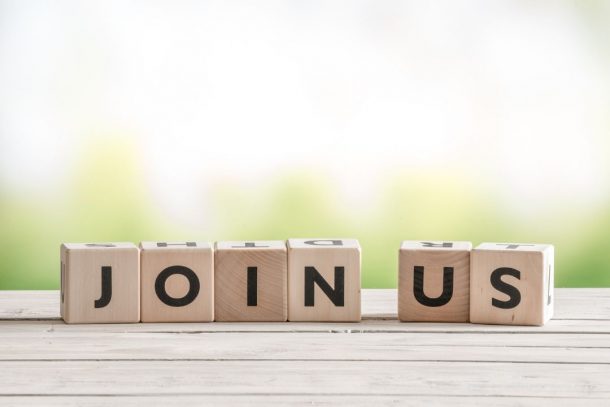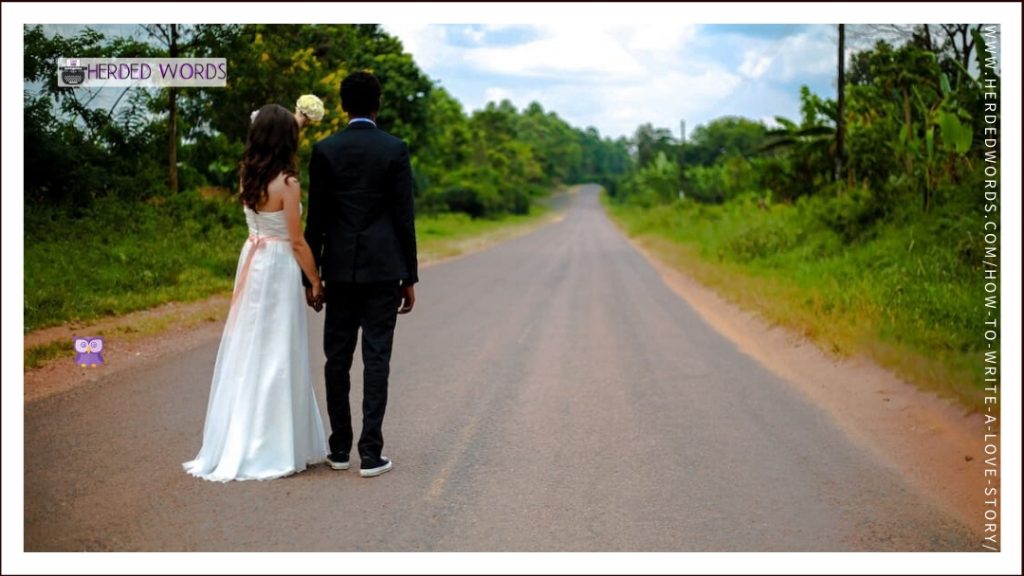
Listen to this post
Herdedwords.com uses affiliate links. This means we receive a commission on the sale of certain items. This is at NO additional cost to you. Visit the policies page to learn more.
What does everyone want? Love! But love isn’t just about getting married and living happily ever after. There are different types of love that you should incorporate into your novel.
The love interest is one of the essential character types that (almost) every novel should have. They’ll help develop your protagonist and plot!
NOTE: This guide is not really for romance novels. While a lot of it will apply to romance novels, they have their own guidelines.
In a romance novel, the love interest is going to be central to the plot. Outside of a romance novel, the role of the love interest is going to be secondary. It exists but it doesn’t drive the plot.
Table of Contents
Types of Love Interests
There are three main types of love interests: romantic, sexual, and platonic.
#1: Romantic Love Interest
And they lived happily ever after.
A romantic love interest is a long-term love interest. It’s more than sex and more than friendship.
Romantic love interests bring all the feelings to the table in a novel.
#2: Sexual Love Interest
Let’s talk about sex, baby!
A sexual love interest is one that’s primarily a relationship of sex. They might be friends, or they might not.
A sexual love interest can develop from or into a romantic or platonic relationship. One party might develop (or have started with) romantic feelings which can lead to complications (or happiness) later on.
#3: Platonic Love Interest
Let’s be friends.
A platonic love interest is a friend who’s loved deeply. There’s no romantic or sexual component – at least for one of those involved.
Like a sexual love interest, a platonic love interest can change for one or both parties involved.
Qualities of a Remarkable Love Interest
Don’t let your love interests be boring. Make sure they have these qualities.
#1: They’re Not Perfect
Do you know anybody who’s perfect? Seriously, is there a single person you’ve met that you truly believe is without flaws? No, you haven’t.
Maybe, you say, my love interest presents her/himself as perfect to the protagonist. That could be -especially if they’re a new love interest – BUT, if you’re going to see them as perfect from the protagonists’ point of view, you’re going to need to add another point of view that shows their flaws. Otherwise, how does the reader know that you haven’t written a lazy stereotype?
#2: Their flaws are REAL
So, your love interest has flaws, per point #1. Great! But are they actually flaws?
It’s common for writers to turn their love interest flaws into positive traits. But, it’s a mistake. There’s a huge difference between a character accepting flaws and seeing them as wonderful.
If my husband snored. It would be a reality that I would have to accept and live with. But it would not be a magical sound that I love about him. If I could make him stop, I would.
Maybe your love interest is a terrible cook. That’s okay, they can be a terrible cook and your protagonist can HATE THEIR COOKING.
#3: They have Agency
What is agency? It’s basically free will and freedom rolled into one. It’s someone’s ability to make free choices and act independently.
Your love interest is in the story to serve your story’s purpose, yes, BUT they still need to be a fully developed character. They shouldn’t act against themselves because it will serve your plot. They also shouldn’t just pop in and out of the story to serve your plot.
#4: Love isn’t the only feeling
A love interest isn’t just going to provide never-ending feelings of love and happiness. That would be a little barf inducing.
Think of how you can use the traits (positive and negative) of your love interest to induce other feelings in your protagonist.
Maybe that smoking hot body (positive trait) makes sexy time extra special but outside the bedroom makes your protagonist feel insecure by comparison.
Or, your love interest has a tendency to interrupt people when they’re speaking (negative trait). Instead of making this something the protagonist finds adorable, make it something they find extremely irritating and/or barely tolerable.
#5: Conflict
Your love interest should provide conflict in the story.
If your love interest is romantic or sexual, there should definitely be some conflict with your protagonist. If your love interest is platonic, they may or may not have a conflict with the protagonist.
Regardless of what type of love interest you have, they can provide conflict with other characters.
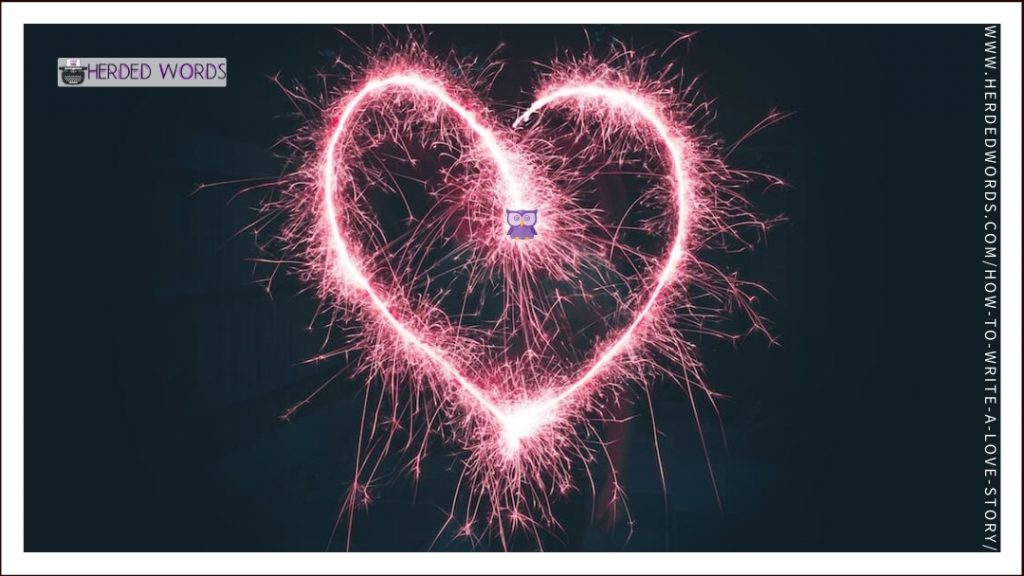
Love Interest Stereotypes
Stereotypes aren’t off-limits. You can use them in your writing but they’re hard to do well. Because they’re so easily recognized, people can find them disappointing.
If you choose to use one of the stereotypes, make sure you have enough depth of character to make it believable. Also, try to add something extra and surprising so your reader doesn’t call your love interest boring (or worse).
#1: Hate to Love
Have you ever seen a romcom (Romantic Comedy)? If you have, you know exactly what this is.
These are two characters who hate each other but fall in love in the end. It’s a stereotype that feels inevitable to readers (or viewers as it’s a common TV & romcom trope).
#2: Opposites Attract
While opposites can attract, this stereotype often feels forced or faked.
It gets further complicated because it’s often used as a premise of “LOOK HOW DIFFERENT THEY ARE” and then one of them changes dramatically so the characters aren’t really opposites.
#3: Unrequited to Soulmates
The best friend who’s madly in love and waits patiently until one day they’re really SEEN and they live happily ever after.
This is a stereotype that’s so old in storytelling I don’t think you could find the beginning of it. It’s extremely difficult to write this and not have your reader see it coming from page 2.
#4: Romeo & Juliet
The most famous star-crossed lovers of all time. Love conquers everything and these lovers have a lot to conquer.
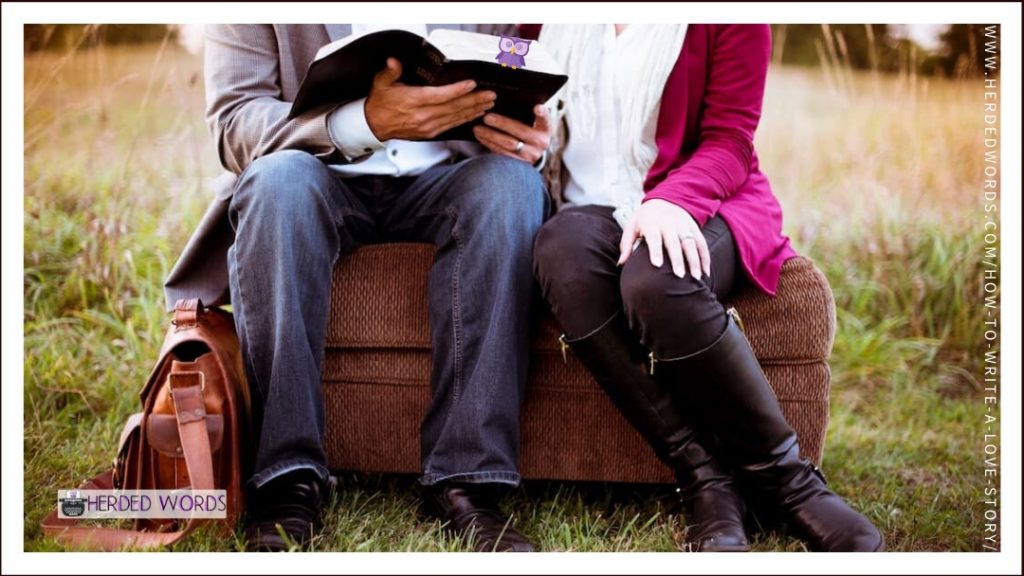
Examples of Love Interests
Check out these examples of the love interest from modern bestselling and award-winning fiction.
WATER FOR ELEPHANTS
WATER FOR ELEPHANTS, published in 2010, is a contemporary novel by Sara Gruen. The movie was released in 2011.
WATER FOR ELEPHANTS spent 8 weeks at #1 on the NYT Bestseller List. It has sold over 10 million copies worldwide.
Love Interest: Marlena
Type of Love Interest: Conflict
Marlena is a married woman whom Jacob (the protagonist) is in love with. He views everything about her as perfect and any imperfections are the fault of someone/something else (usually August). They eventually fall in love and live happily ever after. There’s nothing unique or extraordinary about this love story.
#1 – Not Perfect
The whole story is written from Jacob’s point of view. He views Marlena as perfect.
#2 – Real Flaws
Whatever flaws Marlena may have are not obvious. Jacob tells the story of a perfect woman that he loved from first sight.
#3 – Agency
Marlena doesn’t have agency in the story. She’s tied to the animals and August, and then to Jacob.
#4 – More Feelings
What feelings does Marlena evoke in readers? I suspect that depends on the reader.
For romance readers, she’s probably a lovely character who’s viewed as an underdog. Characters want her to succeed and feel her pain and happiness.
For non-romance readers, she’s probably a stereotype and readers will feel frustrated that she never steps up and takes care of herself.
Either way, readers are going to be feeling something.
#5 – Conflict
A married woman falling in love with a single man? Yeah, conflict is bound to occur.
A sensitive animal lover, whose husband abuses animals? Sounds like emotional conflict to me.
THE WINDUP GIRL
THE WINDUP GIRL, published in 2009, is a science fiction novel by Paolo Bacigalupi.
THE WINDUP GIRL won the 2010 Hugo Award.
Love Interest: Emiko
Type of Love Interest: Sexual leading to Romantic
Is it a Stereotype?
Emiko is a fairly common stereotype: a damsel in distress who gets rescued by the amazing leading man. I rolled my eyes a bit typing that.
#1 – Not Perfect
Emiko is a New Person who was genetically modified. In the novel this makes her different things to different people (an abomination, not human, a novelty, etc).
In many ways, she was designed to be perfect for her purpose (as a high-class companion) but that purpose isn’t suitable for her current life.
#2 – Real Flaws
One of Emiko’s biggest flaws is that she overheats. This causes significant problems for her (and those who care for her).
#3 – Agency
Emiko does have free will (although her modifications make her want to please).
#4 – More Feelings
What starts as sexual and novelty for Lake quickly becomes an obsession and turns into a romantic relationship.
#5 – Conflict
Lake’s feelings for Emiko lead to numerous conflicts for him – including how to get her out and how to care for her once he does.
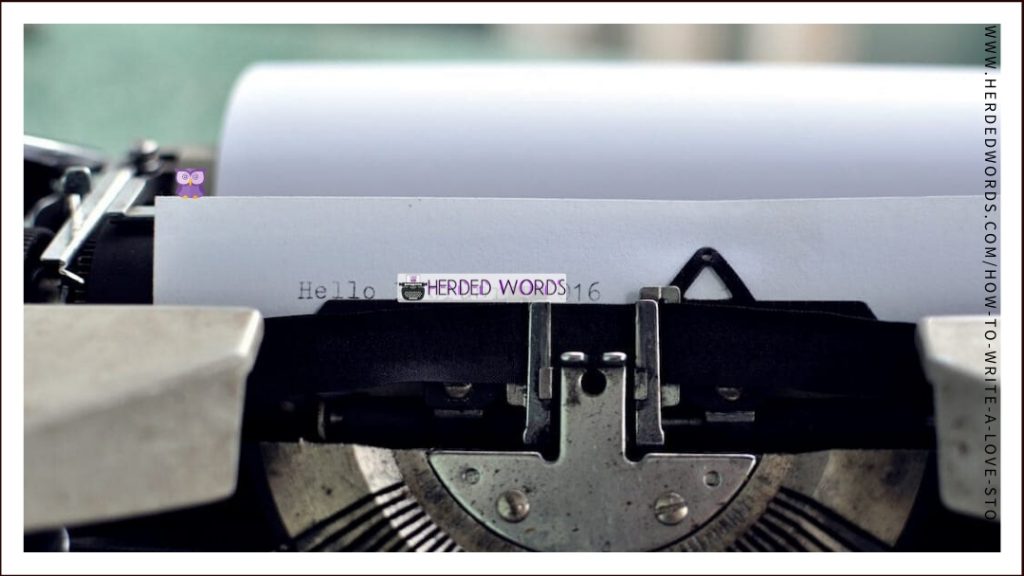
Writing Practice
Check out these writing exercises and prompts so that you can master the love interest. Remember, practice makes perfect.
Exercise: Analyze More Novels
Every genre will be a little different. Choose some of your favorite novels and some novels in the genre you want to write in (if they’re different). Analyze the love interest of each novel.
- Who is the love interest?
- What type of love interest are they (sexual, romantic, platonic)?
- Are they a stereotype?
- What are their imperfections? Are they real, strong, and not made loveable?
- Does the love interest have agency?
- What other feelings does the love interest invoke?
- When does the love interest cause conflict?
Exercise: Adapt LITTLE RED
Using the fairytale LITTLE RED-CAP, let’s imagine RED is in her late teens. Her mother has sent her to grandmas, but instead, she goes see her boyfriend.
Your task: Write a scene of at least 400 words featuring teenaged Red & her boyfriend.
Prompt:
Over a hundred initials have been carved into the tree, this is just the latest.
Your Task: Write a love scene of at least 400 words.
Practice Notebook
I think it’s a great idea to carry a notebook around with you. I like to write down some exercises on a few pages so that any time I have a few minutes, I can do them! It’s also a great place to jot down that bestselling idea that you are definitely going to have. Check these ones out.
Love is in the Air
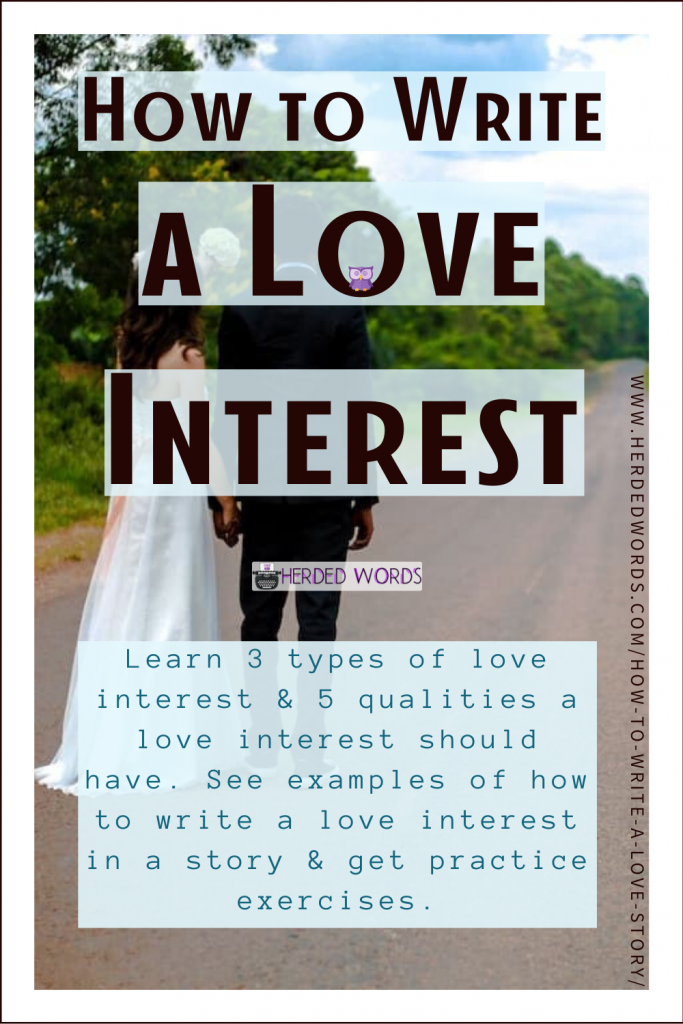
There are many types of love that you can represent in your novel. Choose a variety of types of love to add to your story.
Follow the 5 qualities of a great love interest for success!
When you’re ready for more characters, why not check out How to Write a Mentor Character.
Like this post? Please PIN IT and follow me on social media. Thanks!
